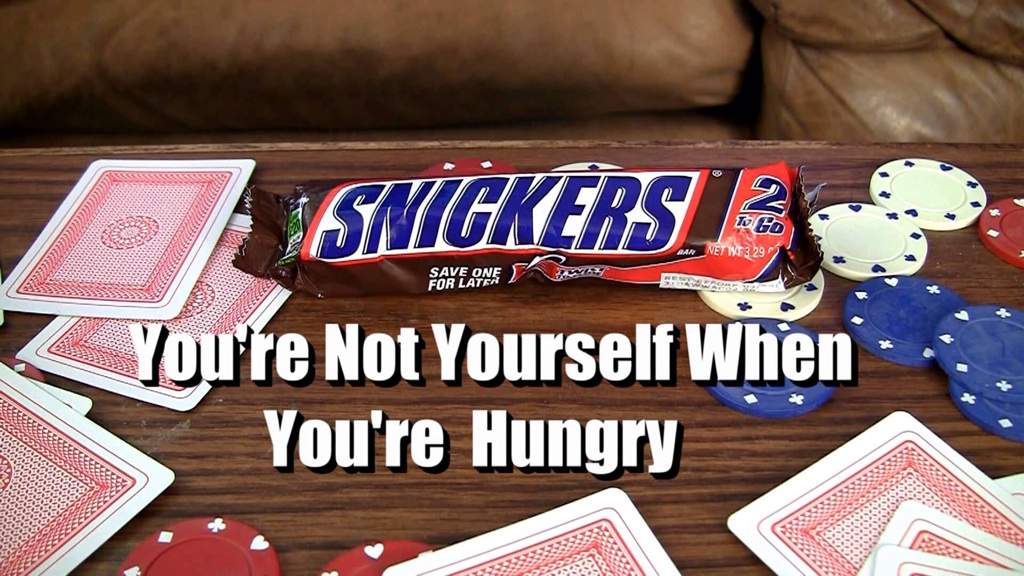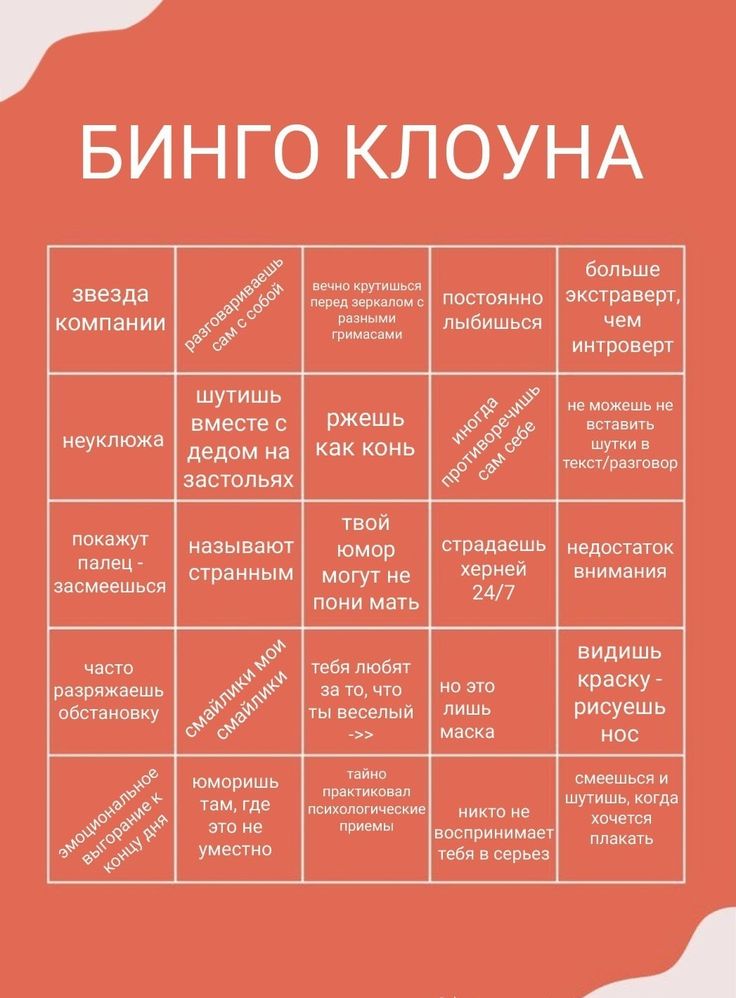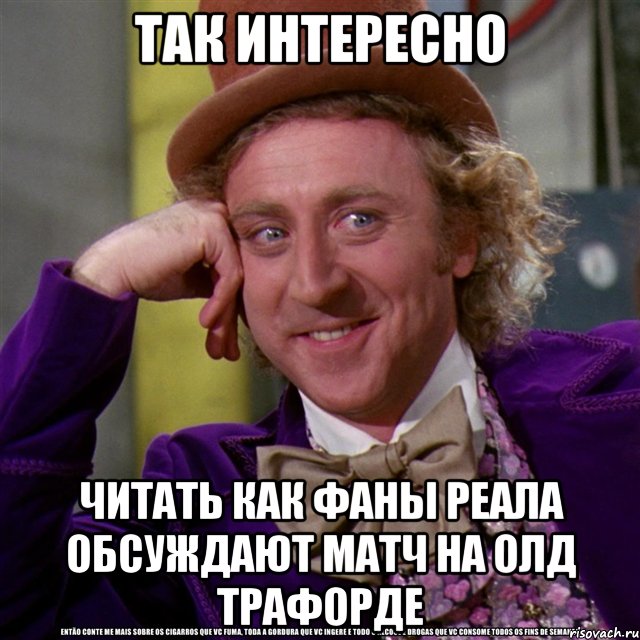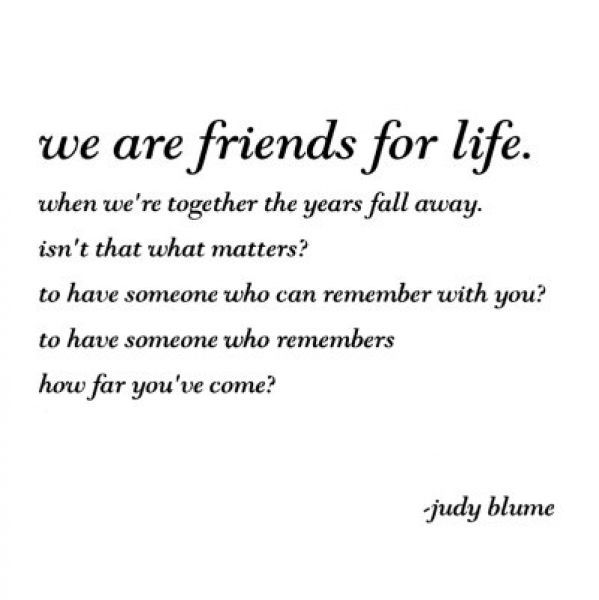You are not yourself
Barbara Kruger | Glenstone
b. Newark, NJ, 1945
Collection Artwork
-
Barbara Kruger
Untitled (Admit nothing/Blame everyone/Be bitter), 1987
Kruger 1987Untitled (Admit nothing/Blame everyone/Be bitter), 1987
photograph and type on paper
5 ⅝ in x 9 ⅝ in (14 cm x 24 cm)Barbara Kruger https://www.glenstone.org/wp-content/uploads/2021/11/KRUGb_AdmitNothing_Collage.jpg Two hands reach for one another under text that reads "Admit nothing / Blame everyone / Be bitter"
-
Barbara Kruger
Untitled (Your manias become science), 1982
Kruger 1982Untitled (Your manias become science), 1982
photograph and type on paper
7 ⅛ in x 8 ¾ in (18 cm x 22 cm)Barbara Kruger https://www.
glenstone.org/wp-content/uploads/2021/10/KRUGb_Yourmaniasbecomescience.jpg Text reading "Your manias become science" is superimposed over an erupting volcano.
-
Barbara Kruger
Untitled (Your comfort is my silence), 1981
Kruger 1981Untitled (Your comfort is my silence), 1981
photograph and type on paper
10 ⅞ in x 7 ¾ in (28 cm x 20 cm)Barbara Kruger https://www.
 glenstone.org/wp-content/uploads/2021/10/KRUGb_Yourcomfortismysilence.jpg Text reading "Your comfort is my silence" is superimposed over an image of a man in a hat making a "shush" gesture.
glenstone.org/wp-content/uploads/2021/10/KRUGb_Yourcomfortismysilence.jpg Text reading "Your comfort is my silence" is superimposed over an image of a man in a hat making a "shush" gesture. -
Barbara Kruger
Untitled (You substantiate our horror), 1983
Kruger 1983Untitled (You substantiate our horror), 1983
photograph and type on paper
9 in x 5 ⅞ in (23 cm x 15 cm)Barbara Kruger https://www.
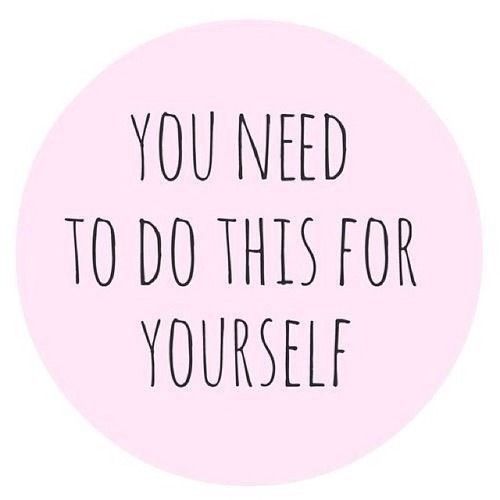 glenstone.org/wp-content/uploads/2021/10/KRUGb_yousubstantiateourhorror.jpg Text reading "You substantiate our horror" is superimposed over a black and white image of a dental drill being touched to a molar
glenstone.org/wp-content/uploads/2021/10/KRUGb_yousubstantiateourhorror.jpg Text reading "You substantiate our horror" is superimposed over a black and white image of a dental drill being touched to a molar -
Barbara Kruger
Untitled (You invest in the divinity of the masterpiece), 1982
Kruger 1982Untitled (You invest in the divinity of the masterpiece), 1982
photograph and type on paper
10 ⅞ in x 6 ⅞ in (28 cm x 17 cm)Barbara Kruger https://www.
 glenstone.org/wp-content/uploads/2021/10/KRUGb_Youinvestinthedivinityofthemasterpiece.jpg Text reading "You invest in the divinity of the masterpiece" is superimposed over a detail of the Sistene Chapel ceiling.
glenstone.org/wp-content/uploads/2021/10/KRUGb_Youinvestinthedivinityofthemasterpiece.jpg Text reading "You invest in the divinity of the masterpiece" is superimposed over a detail of the Sistene Chapel ceiling. -
Barbara Kruger
Untitled (You have searched and destroyed), 1982
Kruger 1982Untitled (You have searched and destroyed), 1982
photograph and type on paper
8 ⅛ in x 9 ¾ in (21 cm x 25 cm)Barbara Kruger https://www.
 glenstone.org/wp-content/uploads/2021/10/KRUGb_Youhavesearchedanddestroyed.jpg Text that reads "You have searched and destroyed" is superimposed on an image of nails running through long blondehair.
glenstone.org/wp-content/uploads/2021/10/KRUGb_Youhavesearchedanddestroyed.jpg Text that reads "You have searched and destroyed" is superimposed on an image of nails running through long blondehair. -
Barbara Kruger
Untitled (You substantiate our horror), 1983
Kruger 1983Untitled (You substantiate our horror), 1983
gelatin silver print
76 x 50 ½ x 2 ½ inches (193 x 128 x 6 cm) framedBarbara Kruger https://www.
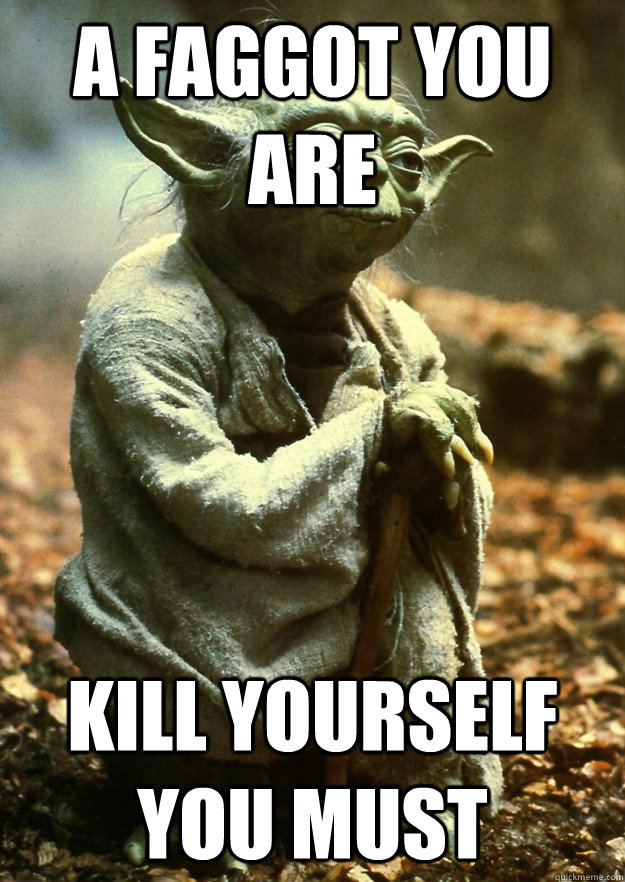 glenstone.org/wp-content/uploads/2019/11/KRUGb_YouSubstantiateOurHorror-575x800.jpg
glenstone.org/wp-content/uploads/2019/11/KRUGb_YouSubstantiateOurHorror-575x800.jpg -
Barbara Kruger
Untitled (I am your slice of life), 1981
Kruger 1981Untitled (I am your slice of life), 1981
gelatin silver print
51 ¾ x 42 5/16 x 2 ⅝ inches (131 x 107 x 7 cm) framedBarbara Kruger https://www.glenstone.org/wp-content/uploads/2019/11/KRUGb_IAmYourSliceofLife-653x800.
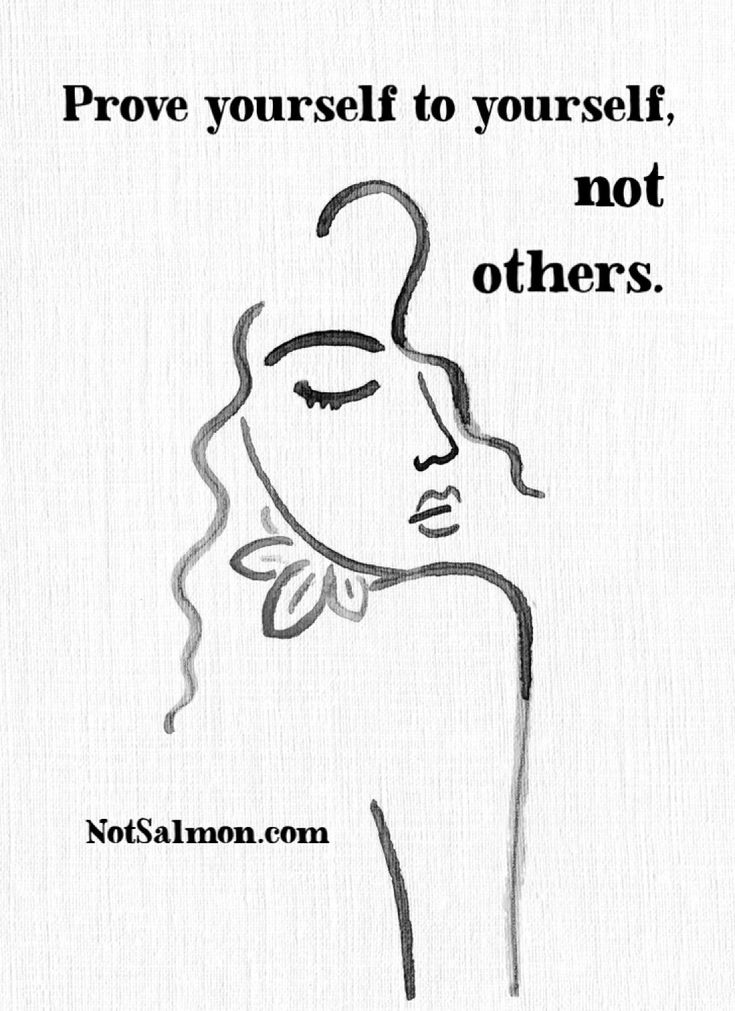 jpg
jpg -
Barbara Kruger
Untitled (Your manias become science), 1982
Kruger 1982Untitled (Your manias become science), 1982
gelatin silver print
42 5/16 x 50 15/16 x 2 ⅜ inches (107 x 129 x 6 cm) framedBarbara Kruger https://www.glenstone.org/wp-content/uploads/2019/11/KRUGb_YourManiasBecomeScience.jpg
-
Barbara Kruger
Untitled (Your money talks), 1984
Kruger 1984Untitled (Your money talks), 1984
gelatin silver print
42 5/16 x 52 ¾ x 2 9/16 inches (107 x 134 x 7 cm) framedBarbara Kruger https://www.
 glenstone.org/wp-content/uploads/2019/11/KRUGb_YourMoneyTalks.jpg
glenstone.org/wp-content/uploads/2019/11/KRUGb_YourMoneyTalks.jpg -
Barbara Kruger
Untitled (Your comfort is my silence), 1981
Kruger 1981Untitled (Your comfort is my silence), 1981
gelatin silver print
59 ¾ x 42 5/16 x 2 ⅝ inches (152 x 107 x 7 cm) framedBarbara Kruger https://www.glenstone.org/wp-content/uploads/2019/11/KRUGb_YourComfortIsMySilence-549x800.
 jpg
jpg -
Barbara Kruger
Untitled (Admit nothing/Blame everyone/Be bitter), 1987
Kruger 1987Untitled (Admit nothing/Blame everyone/Be bitter), 1987
gelatin silver print
25 9/16 x 42 5/16 x 2 9/16 inches (65 x 107 x 7 cm) framedBarbara Kruger https://www.glenstone.org/wp-content/uploads/2019/11/KRUGb_AdmitNothing.jpg
-
Barbara Kruger
Untitled (You delight in the loss of others), 1982
Kruger 1982Untitled (You delight in the loss of others), 1982
gelatin silver print, red painted wood frame
40 9/16 x 50 ½ x 2 inches (103 x 128 x 5 cm) framedBarbara Kruger https://www.
 glenstone.org/wp-content/uploads/2019/11/KRUGb_YouDelightInTheLoss.jpg
glenstone.org/wp-content/uploads/2019/11/KRUGb_YouDelightInTheLoss.jpg -
Barbara Kruger
Untitled (We won’t play nature to your culture), 1983
Kruger 1983Untitled (We won’t play nature to your culture), 1983
photostat and red painted wood frame
73 x 49 inches (185 x 124 cm)
Photo: Ron Amstutz
Ron AmstutzBarbara Kruger https://www.
 glenstone.org/wp-content/uploads/2018/08/KRUGb_GF_UntitledWeWont-600x800.jpg
glenstone.org/wp-content/uploads/2018/08/KRUGb_GF_UntitledWeWont-600x800.jpg -
Barbara Kruger
Untitled (Your gaze hits the side of my face), 1981
Kruger 1981Untitled (Your gaze hits the side of my face), 1981
photostat, red painted wood frame
55 ¼ x 40 ⅞ inches (140 x 104 cm)Barbara Kruger https://www.glenstone.org/wp-content/uploads/2018/06/KRUEb_GF_YourGaze1983-593x800.
 jpg
jpg -
Barbara Kruger
Untitled (Your gaze hits the side of my face), 1981
Kruger 1981Untitled (Your gaze hits the side of my face), 1981
photograph and type on paper
9 ⅜ x 7 inches (24 x 18 cm)Barbara Kruger https://www.glenstone.org/wp-content/uploads/2018/06/KRUEb_GF_YourGaze1981.jpg
-
Barbara Kruger
Untitled (Your body is a battleground), 1989
Kruger 1989Untitled (Your body is a battleground), 1989
photograph and type on paper
8 ¼ x 7 ½ inches (21 x 19 cm)Barbara Kruger https://www.
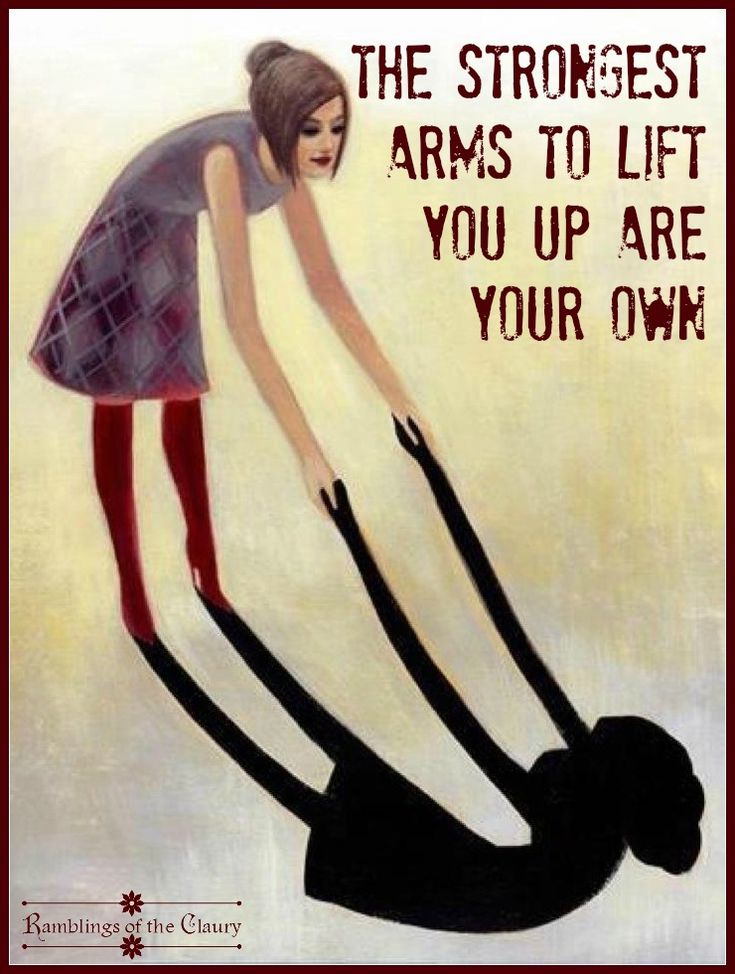 glenstone.org/wp-content/uploads/2018/06/KRUEb_GF_YourBody.jpg
glenstone.org/wp-content/uploads/2018/06/KRUEb_GF_YourBody.jpg -
Barbara Kruger
Untitled (You are not yourself), 1982
Kruger 1982Untitled (You are not yourself), 1982
photograph and type on paper
10 ¾ x 7 ⅛ inches (27 x 18 cm)
Photo: Tim Nighswander/Imaging4Art.com
Tim Nighswander/Imaging4Art.comBarbara Kruger https://www.
 glenstone.org/wp-content/uploads/2018/06/KRUEb_GF_YouAre_PhotographText.jpg
glenstone.org/wp-content/uploads/2018/06/KRUEb_GF_YouAre_PhotographText.jpg -
Barbara Kruger
Untitled (You Are Not Yourself), 1982
Kruger 1982Untitled (You Are Not Yourself), 1982
gelatin silver print
72 x 48 inches (183 x 122 cm)
Photo: Tim Nighswander/Imaging4Art.com
Tim Nighswander/Imaging4Art.comBarbara Kruger https://www.
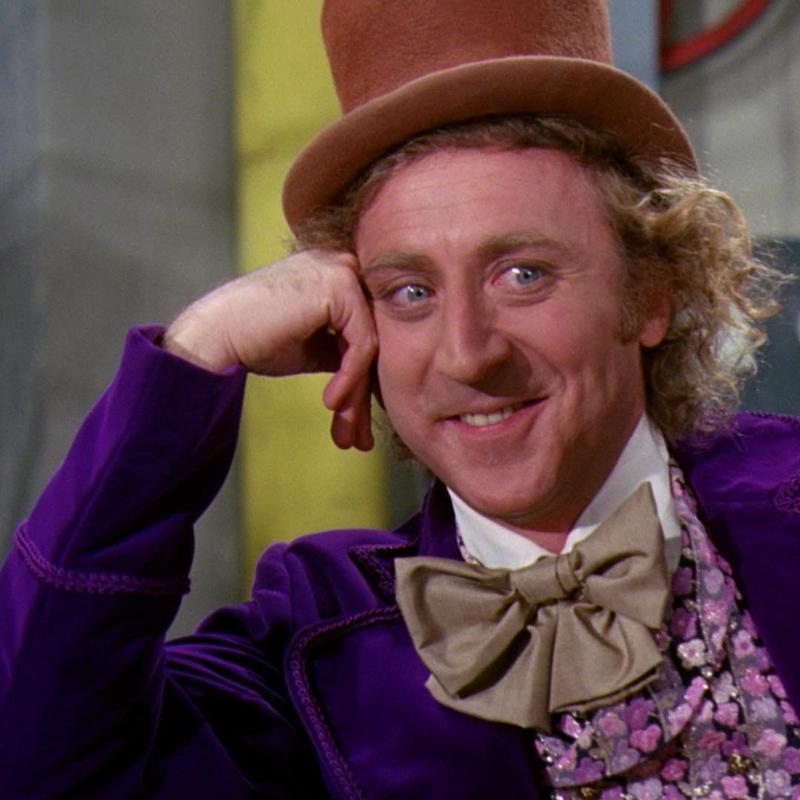 glenstone.org/wp-content/uploads/2018/06/KRUEb_GF_YouAre_GelatinSilver-534x800.jpg
glenstone.org/wp-content/uploads/2018/06/KRUEb_GF_YouAre_GelatinSilver-534x800.jpg -
Barbara Kruger
Untitled (We don’t need another hero), 1987
Kruger 1987Untitled (We don’t need another hero), 1987
photograph and type on paper
5 ¾ x 11 ⅜ inches (15 x 29 cm)Barbara Kruger https://www.glenstone.org/wp-content/uploads/2018/06/KRUEb_GF_WeDont.jpg
-
Barbara Kruger
Untitled (I shop therefore I am), 1987
Kruger 1987Untitled (I shop therefore I am), 1987
photographic silkscreen on vinyl
111 ⅝ x 113 ¼ x 2 ½ inches (284 x 288 x 6 cm)
Photo: Tim Nighswander/Imaging4Art. com
com
Tim Nighswander/Imaging4Art.comBarbara Kruger https://www.glenstone.org/wp-content/uploads/2018/06/KRUEb_GF_IShop-809x800.jpg
Barbara Kruger And Power Of Words – ARTDEX
I work with pictures and words because they have the ability to determine who we are and who we aren’t. -Barbara Kruger
Conceptual art carries within it an idea or concept that takes priority over aesthetic and art techniques. Conceptual artists challenge the definition of art and are not afraid to push their boundaries.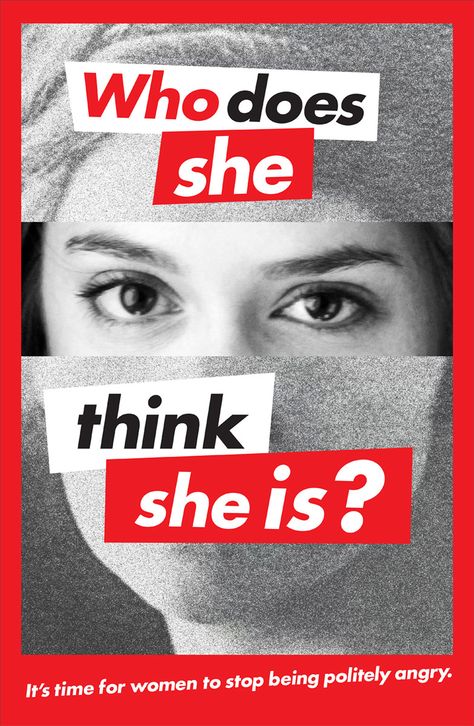 Such are the examples of Stelarc — the outlandish performance artist and proponent of the bioart movement — and Maurizio Cattelan’s controversial work “Comedian.”
Such are the examples of Stelarc — the outlandish performance artist and proponent of the bioart movement — and Maurizio Cattelan’s controversial work “Comedian.”
Undoubtedly one of the most renowned conceptual artists of today, Barbara Kruger has never shied away from creating artwork that is not only unconventional — focused on text more than figures or forms — but that also offers societal critique and poignant social commentary on current events. Covering topics like consumerism, feminism, and political issues, Kruger has established herself as a bold figure in contemporary art who isn’t afraid of loudly broadcasting her ideas and challenging the concept of mass media.
Barbara Kruger and her artwork “I shop therefore I am.” Photo: Getty Images | Image source: thecut.comThe Beginnings Of Barbara Kruger
Kruger was born in 1945 in New Jersey, and in her early twenties, she first pursued graphic design and picture editing. She attended the Parsons School of Design in New York and worked as a designer at Condé Nast Publications. During this time, she discovered her love of poetry and how words can be powerful tools in the hands of those who know how to wield them for their advantage.
During this time, she discovered her love of poetry and how words can be powerful tools in the hands of those who know how to wield them for their advantage.
In the late 1960s, she started turning towards art. Her first wall paintings included unconventional materials such as sequins, feathers, beads, and ribbons. She painted subjects that were vibrant, bright, and sexually suggestive. Despite some success in the form of her work being included in the Whitney Biennial exhibition, Kruger became dissatisfied with her art form. It wasn’t until 1977 that she returned to it with a new perspective and aesthetic, slowly transitioning to her collage works in the early 1980s.
At the very start of her art career, Kruger felt intimidated by the New York art scene. She was quoted as saying that it wasn’t welcoming to “particularly independent, non-masochistic women.” However, support from organizations such as the Public Art Fund enabled her to continue creating art, which she later admitted was crucial to her career.
Barbara Kruger’s Art Style
Kruger’s style is unique in the sense that it primarily focuses on words. Her graphic design background is evident as she pairs photographs with text that encourage the viewer to think outside the box. Some of her impactful slogans include “I shop, therefore I am,” a screenprint on vinyl from 1987 with framed text held by a hand, “Your body is a battleground” from 1989, with a model’s face divided down the middle, and “You are not yourself” from 1981, depicting a woman seen in a mirror that appears to have been shattered by a bullet.
Kruger puts together her ideas on a computer and then transfers them into print images of various sizes— not uncommonly billboard scale and sizes. She uses a striking contrast between the words and their backgrounds, forcing the viewer to pause and take notice. Like the mass media headlines that Kruger opposes, she utilize sensationalism to deliver her messages to society. Some of her most memorable public artworks belong to a series from the 1980s called “Messages for the Public” from the Public Art Fund. These artworks included messages displayed on digital billboards in New York Times Square, such as, “I’m not trying to sell you anything,” and, “I just want you to think about what you see when you watch the news on T.V.”
These artworks included messages displayed on digital billboards in New York Times Square, such as, “I’m not trying to sell you anything,” and, “I just want you to think about what you see when you watch the news on T.V.”
Barbara Kruger has no qualms about pointing fingers both at the mass media and its consumer culture.
Barbara Kruger. Untitled (Blind idealism is…), 2016-2017. Installation view: The High Line, New York City. Courtesy of Mary Boone Gallery, New York. Photo: Timothy Schenck. | Image source: art21.orgSocietal And Cultural Criticism
Even though her art has been labeled as political and feminist, Kruger herself disagrees with the terms. “I never say I do political art,” she declared in 2013, “Nor do I do feminist art. I’m a woman who’s a feminist, who makes art.”
Nevertheless, her artwork stands in defense of women and their inequitable position in society. Her “You are not yourself” work suggests that a woman’s view of herself is shattered, much like the mirror in the artwork is. Among the world’s expectations and assumptions about her, in a quiet moment of reflection, a woman realizes that she is never herself.
Among the world’s expectations and assumptions about her, in a quiet moment of reflection, a woman realizes that she is never herself.
Kruger’s “Your body is a battleground” was created to support legal abortion, with Kruger clearly stating that she was pro-choice. Her dramatic question, “How come only the unborn have the right to life?” posed in 1982 in one of her early ‘paste-up’ works asks why the authorities are keen on celebrating the fetus but starving the child.
Beyond feminism, Barbara Kruger reflects on the culture of consumerism and on the political changes her country has gone through. In the New York Times in 2012, readers could ponder over a large font that said, “You want it. You buy it. You forget it.” Another more recent artwork from 2016 labels Donald Trump as a Loser on the cover of the New York Magazine, unreservedly taking a jab at the then-new President-elect.
Barbara Kruger’s Message
Creating art as a means to provide commentary on the current social, cultural, and political climate is nothing new. However, Barbara Kruger’s grit and confidence in expressing her views is nothing short of admirable. She uses the same language of the mass media to turn the viewer’s attention and thoughts against the media, to wake up the public from their consumerist apathy, and make them engage and participate in their surroundings and the world they’re living in.
However, Barbara Kruger’s grit and confidence in expressing her views is nothing short of admirable. She uses the same language of the mass media to turn the viewer’s attention and thoughts against the media, to wake up the public from their consumerist apathy, and make them engage and participate in their surroundings and the world they’re living in.
Just as she challenges those in authority, Kruger encourages the public to use their heads and not to be seduced by the messages of mass media. She calls out their behavior and makes them rethink their actions and question why they are doing the things they are doing. Who are they following? The government? Their television?
Pandemic permitting, a landmark exhibition of Barbara Kruger’s work is set to open at the Art Institute of Chicago, after which it will travel to the Museum of Modern Art and MoMA PS1 in New York and the Los Angeles County Museum of Art. In times of uncertainty and turmoil, where critical thinking and standing up against corruption and discrimination are imperative, we cannot think of a more appropriate moment for Kruger’s iconic art and its powerful words to inspire and influence the masses.
Crazy | it's... What is OUT OF YOURSELF?
InterpretationTranslation
- Crazy
- who be
In severe mental disorder; does not look like himself; in a state of stupefaction of reason, often close to loss of consciousness.
It means that the person ( X ) is not in his usual state, feels differently than usual, feels a loss of peace of mind, experiences internal discomfort and under. speech standard . ✦ X out of sorts . unchanged In the role of the nominal part skaz.[Varvara:] Mother, let's go to the kitchen, the cook is acting up there... [Ksenia:] He is not himself , his son was killed. [Barbara:] Well, this is no reason for whims.
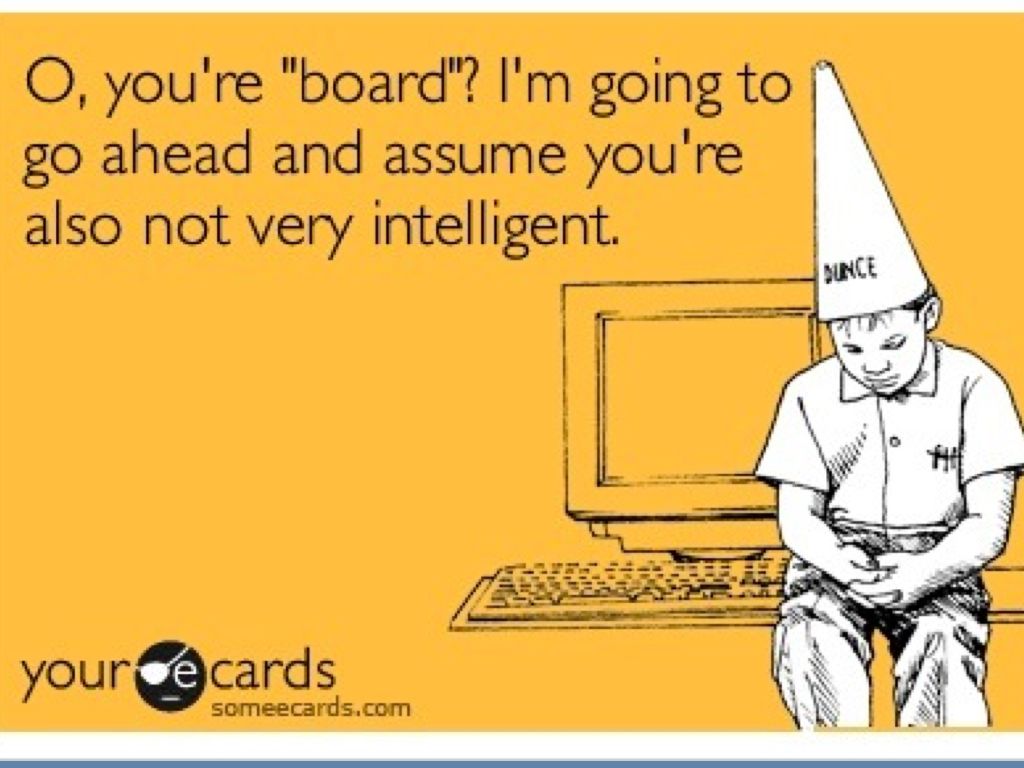 Now they are killing so many. M. Gorky, Yegor Bulychev and others . Nikolai explained to him that the general's son was not himself , the news of his father's illness, as well as his own complex problems, had a hard effect on his psyche. He is having a nervous breakdown and urgently needs psychiatric help. P. Dashkova, Cherub .
Now they are killing so many. M. Gorky, Yegor Bulychev and others . Nikolai explained to him that the general's son was not himself , the news of his father's illness, as well as his own complex problems, had a hard effect on his psyche. He is having a nervous breakdown and urgently needs psychiatric help. P. Dashkova, Cherub . - He, you know, is not himself . - Nervous shock? From boiling water, or what? - Yes, boiling water! He is completely not in himself . - Crazy? - You could probably say so... I. Bulgakova, Just don't tell anyone .
- Marinka, come here! called the old woman. - Don't pay attention to her: that's just how she is, not in her right mind a little bit. The Germans scared her. B. Polevoy, The Tale of a Real Man .
[Andrey:] I didn't sleep all night and now I'm a little out of my mind , as they say.
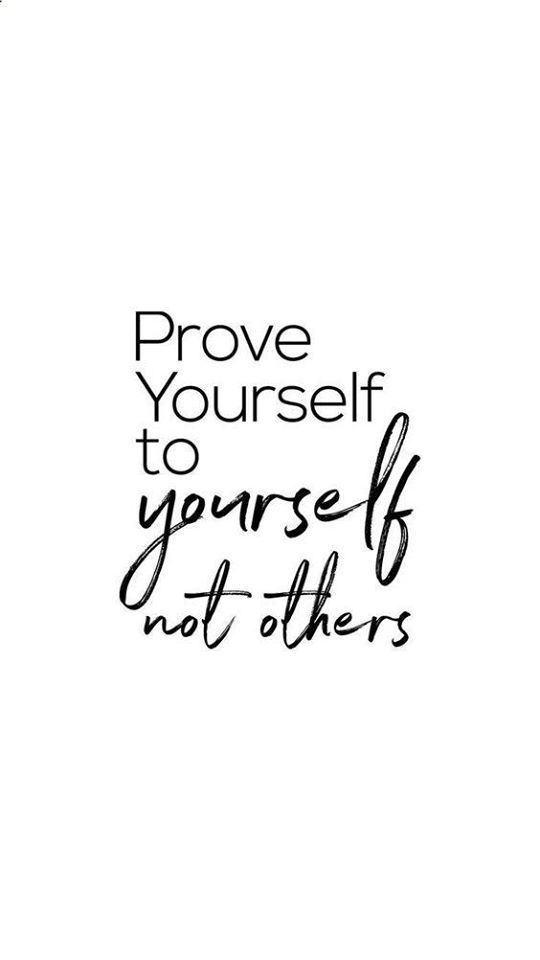 A. Chekhov, Three Sisters .
A. Chekhov, Three Sisters . - Don't be offended by me, - she said when he went out into the corridor to put on a raincoat, - I sometimes not myself I happen. And then this guy died. I really had high hopes for him. Ch. Abdullaev, Ideal target .
Moscow lived according to some special laws, but Philip stayed in it for too long to understand what those laws were. He was sure that in the end he would figure everything out, because that was what he had come here for. In the meantime, like everyone here, he was a little not himself . Perhaps that is why he agreed to this adventure with marriage. He couldn't think of a more reasonable explanation, even for himself. nine0022 T. Ustinova, My personal enemy .
This one, behind the wall, stomped, darted around the room, muttering something.
 He laughed a couple of times, then sobbed - in general, he was not in himself . B. Akunin, Mistress of Death .
He laughed a couple of times, then sobbed - in general, he was not in himself . B. Akunin, Mistress of Death . The bride's father - it's not easier - was not in his right mind . Nikolai Afanasyevich fell off his horse. As a result of a head injury, he had a clouding of reason. MK, 2002 .
cultural comment: Image phraseol. goes back to the most ancient forms of world awareness and collective-generic (transpersonal) modeling of the world-chaos, in which the concept of health is associated with the idea of integrity ( Wed heal , healer ), any violation of which (outflow, outflow, drying out, shedding and under.And when Matvey Natanovich died, she, poor thing, seemed to have lost her mind. Even poisoned... <...> character was completely, completely different. She began to compose poems, and in general ... as if a little was not in herself became. B. Akunin, Mistress of Death .
 ) is associated with a disease and disease state, perceived as the result of an external evil ( cf. send damage, catch a disease, expel a disease ). cf. also: "Initially, the 'unusual' state itself characterized a person either sick or drunk <...>. The state of illness or intoxication was usually associated in the popular consciousness precisely with evil spirits. It is no coincidence that the patient was considered a "half man" <. ..>". ( nine0022 Mokienko V.M. Images of Russian speech. Historical and etymological essays on phraseology. St. Petersburg. , 1999. P. 277 .) see also the mention of the belief about werewolves in the comment to OWN YOURSELF {1}. Through the component itself phraseol. correlates with the anthropic, or actually human, code of culture, i.e. , in particular, with the totality of a person's ideas about a person as a whole. These representations are associated, among other things, with physical and mental states and with their names, which, in addition to natural properties, carry meanings that are functionally significant for culture, giving these names the role of signs of the "language" of culture.
) is associated with a disease and disease state, perceived as the result of an external evil ( cf. send damage, catch a disease, expel a disease ). cf. also: "Initially, the 'unusual' state itself characterized a person either sick or drunk <...>. The state of illness or intoxication was usually associated in the popular consciousness precisely with evil spirits. It is no coincidence that the patient was considered a "half man" <. ..>". ( nine0022 Mokienko V.M. Images of Russian speech. Historical and etymological essays on phraseology. St. Petersburg. , 1999. P. 277 .) see also the mention of the belief about werewolves in the comment to OWN YOURSELF {1}. Through the component itself phraseol. correlates with the anthropic, or actually human, code of culture, i.e. , in particular, with the totality of a person's ideas about a person as a whole. These representations are associated, among other things, with physical and mental states and with their names, which, in addition to natural properties, carry meanings that are functionally significant for culture, giving these names the role of signs of the "language" of culture.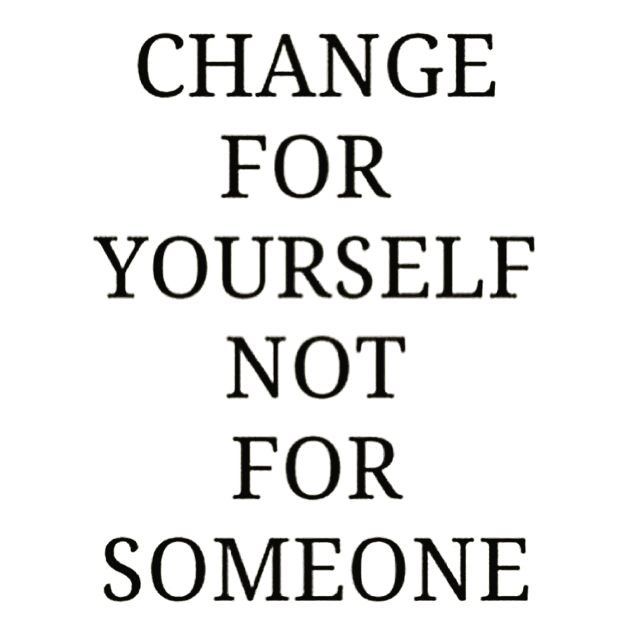 Image Phraseol. is motivated by the idea of the "I" of a person as an integral set of his material bodily shell and thoughts and feelings "stored" by it. Violation of this integrity (according to ancient beliefs - due to some kind of magical influences) entails a "way out" of personal harmony. The components of not in indicate the correlation of this phraseol. with a spatial code of culture ( i.e. with a set of names denoting the division of space and the relationship of a person to spatial parameters), which indicates the perception of the physical and mental integrity of a person as the space of his personality - his "I". nine0026 Phraseol. contains an anthropic-spatial metaphor, in which the separation of the mental-sensory "I" from the body shell is likened to a violation of the space of the personality and, accordingly, its integrity, expressed in a mentally uncontrolled, "abnormal", mentally ill state of a person. Phraseol.
Image Phraseol. is motivated by the idea of the "I" of a person as an integral set of his material bodily shell and thoughts and feelings "stored" by it. Violation of this integrity (according to ancient beliefs - due to some kind of magical influences) entails a "way out" of personal harmony. The components of not in indicate the correlation of this phraseol. with a spatial code of culture ( i.e. with a set of names denoting the division of space and the relationship of a person to spatial parameters), which indicates the perception of the physical and mental integrity of a person as the space of his personality - his "I". nine0026 Phraseol. contains an anthropic-spatial metaphor, in which the separation of the mental-sensory "I" from the body shell is likened to a violation of the space of the personality and, accordingly, its integrity, expressed in a mentally uncontrolled, "abnormal", mentally ill state of a person. Phraseol. as a whole reflects the stereotypical idea of the separation of the mental-sensory and physical "I" in a situation of internal discomfort and mental imbalance. nine0018 author: V. V. Krasnykh
as a whole reflects the stereotypical idea of the separation of the mental-sensory and physical "I" in a situation of internal discomfort and mental imbalance. nine0018 author: V. V. Krasnykh
Big phraseological dictionary of the Russian language. — M.: AST-Press. E.N. Telia. 2006.
Games ⚽ Help solve the test
Synonyms not himself, confused, touched, crazy, crazy
- crazy
- CAN'T SEE BEYOND YOUR NOSE
Useful
“Am I crazy!?”: 7 real signs that you are a completely mentally healthy person
Health
It turns out that in order to assess your mental state and understand whether it corresponds to a conditional norm, you can refer to just seven simple criteria. Practicing psychologist Ekaterina Oksaken spoke about them as part of the lecture “The Right Hemisphere of an Introvert”.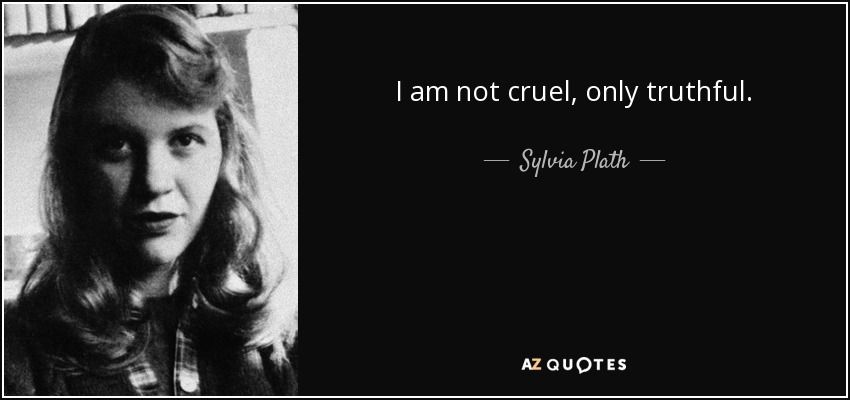 nine0019
nine0019
How to distinguish a mentally healthy person from a sick person?
I asked this question not to psychologists and psychotherapists, but to ordinary people. And some of the respondents gave the following answer: if a person sees something that does not exist, or speaks with voices that others do not hear, or runs along the street with an ax, then something is probably wrong with him. In fact, everything is not as simple as it seems at first glance. For example, art historians know that the line between insanity, talent and the norm is very thin. I think if you now try to imagine different forms of mental illness and their manifestations, you will notice that you have observed similar states in yourself or in people around you. nine0003
Has it ever happened to you that you left the house, closed the door and went downstairs, when you suddenly felt an irresistible desire to check whether you turned off the gas or the light? If this happened to you, then you experienced a compulsion. This psychiatric symptom is considered not very healthy and indicates an irresistible desire to do something and the inability to stop. Or maybe the idea has occurred to you that some of your thoughts or desires are not really yours? Meet, this is called a symptom of nested thoughts. It occurs most often in people with schizophrenia, but it also occurs in normal people. Have you ever come across a person who believes in some idea so much that no matter how much evidence you give him to the contrary, it is absolutely impossible to convince him. This is an overvalued idea, at the extreme it is called a crazy idea. nine0003
This psychiatric symptom is considered not very healthy and indicates an irresistible desire to do something and the inability to stop. Or maybe the idea has occurred to you that some of your thoughts or desires are not really yours? Meet, this is called a symptom of nested thoughts. It occurs most often in people with schizophrenia, but it also occurs in normal people. Have you ever come across a person who believes in some idea so much that no matter how much evidence you give him to the contrary, it is absolutely impossible to convince him. This is an overvalued idea, at the extreme it is called a crazy idea. nine0003
Spoiler: almost all conditions that occur in mental illness can, under certain circumstances, manifest themselves in healthy people.
The same hallucinations that everyone is so afraid of can be experienced by a healthy person. For example, at a high temperature or against the background of taking all sorts of fun substances, we can see what is not there, hear voices that do not really exist. And in connection with this subtlety, the whole world has long wondered: “Where is the line between health and pathology”? It is not so easy to define it, but it is possible. The World Health Organization has identified seven criteria for mental health. nine0003
And in connection with this subtlety, the whole world has long wondered: “Where is the line between health and pathology”? It is not so easy to define it, but it is possible. The World Health Organization has identified seven criteria for mental health. nine0003
1. Criticality
When specialists call this word, they mean a person's ability to criticize himself, his actions and beliefs, as well as to question the information that comes to him from outside. There was such an experiment: on one channel people were shown fake news. One of the stories was dedicated to a rally in a neighboring town. It was winter, but the people in the report were standing in T-shirts and shorts on the green grass. Surprisingly, more than 50% of viewers believed in the report. This is an illustration of how undeveloped critical thinking can be. Criticality also manifests itself in the ability to doubt oneself and one's beliefs. If you periodically doubt your thoughts, question what you have been convinced for decades and ask yourself the question “Am I a psychopath for an hour?” Then you have passed the test for healthy criticality.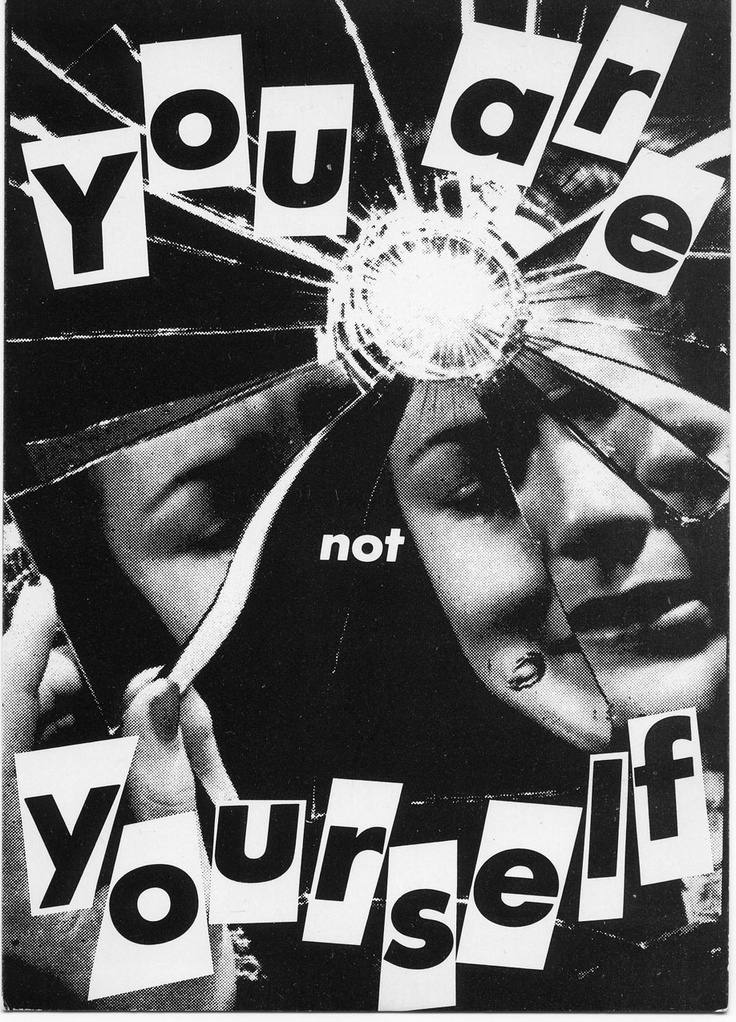 nine0003
nine0003
2. Appropriateness
This criterion illustrates how we respond to environmental pressures. Imagine the situation: you are riding the subway, and then some bad person steps on your foot. That is, he offended you by about a little bit, and the reaction would be equally (not) large in this regard. For example, if you said "Please remove your leg." An inadequate reaction is if you stepped on your foot, and in response you took out an air pistol. Another example of an inadequate reaction, which is rarely talked about: if a person stepped on his foot, but he did not say anything. And if he does nothing further, then this tells us about his inadequacy. In this case, the situation with domestic violence looks like that both are not healthy there, both the one who hurts and the one who suffers the pain. nine0003
3. Adaptability
People have completely different characters: some like to be in the center of attention, others can be called introverts, others are always in a state of euphoria, and for the fourth it is important that everything be clear and understandable, therefore they choose professions where everyone acts exactly according to the charter.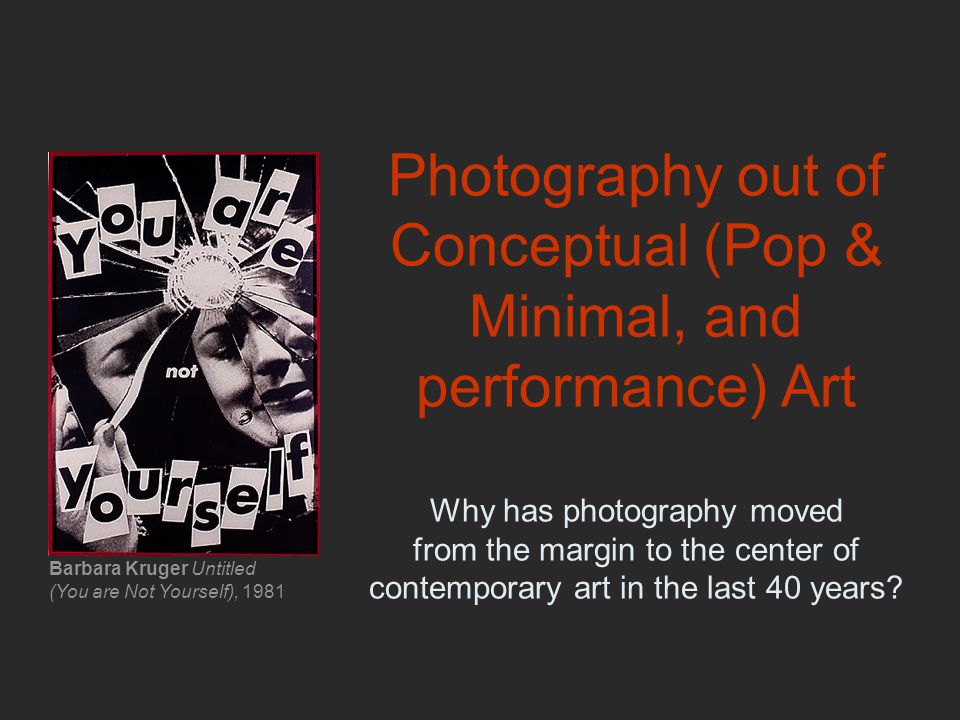 From the point of view of the criterion of adaptability, a healthy person is one who has many characters inside, and in different situations he includes the right one. Any type of character is normal, but if a person has no choice, if he has only one way of behavior, and he cannot include others, then this is a pathology. If suddenly you think “Do I have a normal character?”, Then the question itself is posed a little wrong. All characters are normal. It is important that they turn on in time so that you have a choice. A healthy person is one who has this choice. But a not very healthy person is one who behaves only in one way, and, unfortunately, does not know how to do it differently. nine0003
From the point of view of the criterion of adaptability, a healthy person is one who has many characters inside, and in different situations he includes the right one. Any type of character is normal, but if a person has no choice, if he has only one way of behavior, and he cannot include others, then this is a pathology. If suddenly you think “Do I have a normal character?”, Then the question itself is posed a little wrong. All characters are normal. It is important that they turn on in time so that you have a choice. A healthy person is one who has this choice. But a not very healthy person is one who behaves only in one way, and, unfortunately, does not know how to do it differently. nine0003
4. Planning
The ability of a person to plan his future life and adequately implement this plan. There are states in which a person can only lie towards his goal. Such people fantasize a lot about what they will achieve, but for some reason they are simply not able to perform any actions. If it seems to you that a person simply does not have enough will, then this is not entirely true, in fact, this is just one of the options for mental illness. Another important point in this paragraph is the ability not only to achieve what we want, but the ability to achieve it in adequate ways. In this regard, workaholism and perfectionism are also signs of deviation from the norm. Psychologists know that workaholism is the ability to achieve your goals, but in an unhealthy way. And often workaholics can lie down and rest only in one case - when they simply cannot stand anymore. Such people, of course, achieve their goals, but is this goal worth the money they spent? As a rule, workaholics sacrifice themselves in order to achieve something, and this is not a mentally healthy story either. nine0003
If it seems to you that a person simply does not have enough will, then this is not entirely true, in fact, this is just one of the options for mental illness. Another important point in this paragraph is the ability not only to achieve what we want, but the ability to achieve it in adequate ways. In this regard, workaholism and perfectionism are also signs of deviation from the norm. Psychologists know that workaholism is the ability to achieve your goals, but in an unhealthy way. And often workaholics can lie down and rest only in one case - when they simply cannot stand anymore. Such people, of course, achieve their goals, but is this goal worth the money they spent? As a rule, workaholics sacrifice themselves in order to achieve something, and this is not a mentally healthy story either. nine0003
5. Predictability
Predictability tells us that a person in the same type of situation will behave in the same way. Violation of this criterion looks like this: for example, a person, each time entering a lecture, behaves differently.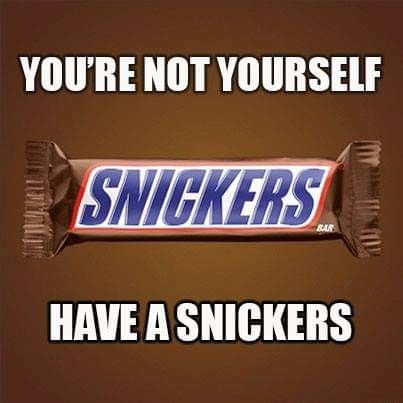 Once he just quietly walked in, then he was talking loudly on the phone, maybe he didn’t notice that there was a lecture going on and generally opened the door with his feet, the third time he came in a spacesuit and with an anteater on a leash. That is, the situation is the same, but he behaves differently. nine0003
Once he just quietly walked in, then he was talking loudly on the phone, maybe he didn’t notice that there was a lecture going on and generally opened the door with his feet, the third time he came in a spacesuit and with an anteater on a leash. That is, the situation is the same, but he behaves differently. nine0003
6. Self-control
An adult mentally healthy person should be able to postpone his desires for later. It's normal for kids to want candy, and not getting it now is a scandal, but for an adult, it's not very healthy. People who have this criterion deviated from the norm often break the rules. Such people are especially visible on the road. What is most surprising, these people are incredibly attractive due to the fact that they behave differently from everyone else. They know how to shock and thereby attract attention. nine0003
7. Persistence of "I"
Have you ever felt that the whole world is a little muffled, and you perceive it as if from under water? Have you ever had such a state when it seems that the brain works in one direction, and the soul in the other? Or a state where it seems that one part of you is here, and the other part is in another place? All this is a violation of the criterion of constancy of "I".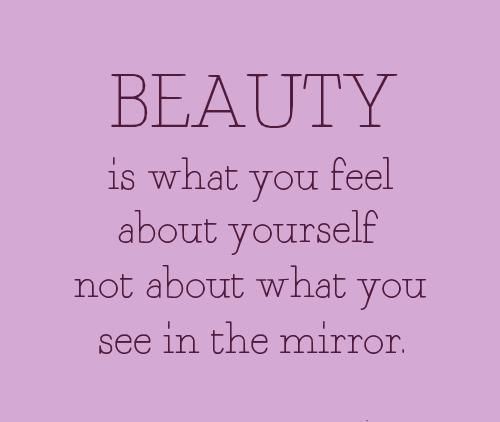 This happens in a state of grief or loss: it hits the head, but it is not yet felt emotionally. Or when a person is overtired at work, when he is very tired. This is all a variant of the norm, but in people who are very sick, such conditions occur quite often and they are called depersonalization and derealization. nine0003
This happens in a state of grief or loss: it hits the head, but it is not yet felt emotionally. Or when a person is overtired at work, when he is very tired. This is all a variant of the norm, but in people who are very sick, such conditions occur quite often and they are called depersonalization and derealization. nine0003
There are only three criteria for mental illness. Each of them is enough for you to have something to talk about with a psychiatrist.
Mental illness has three criteria: behavior that harms the person himself or the people who surround him, the inability to adequately realize the goals that the person sets for himself, and the conditions that normal people also have, but with illness they occur either too often or without appropriate conditions. For example, depression can be distinguished from just a bad mood by a quantitative sign. If you feel sad for a day or two, then this is normal, but if this state lasts for at least two or four weeks, then you can already talk to a therapist, because this is a depressive state.